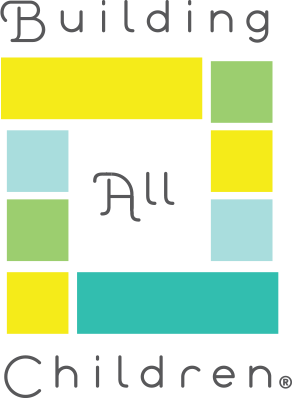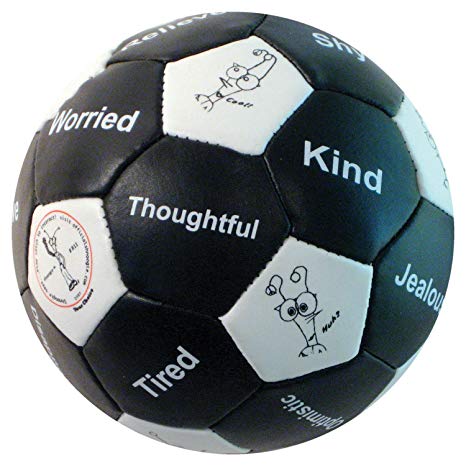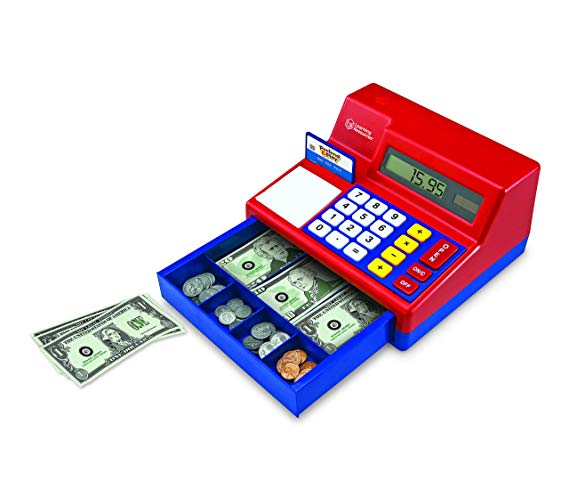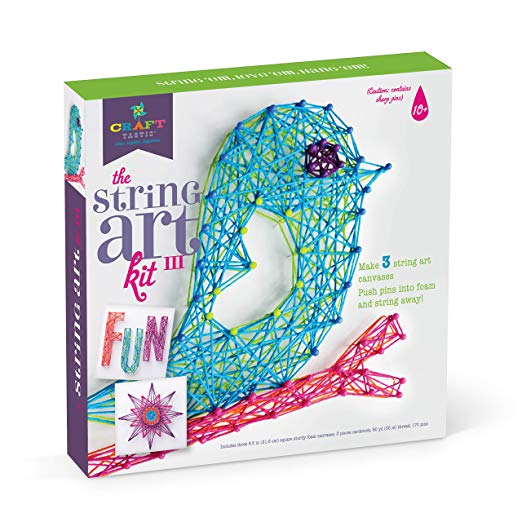Building All Children is excited to share with you our 2018 Christmas List for Children!
We have spent hours researching to provide you the best age-appropriate and development-building toys for your children. We desire for your family to slow down and enjoy the Holiday! We hope you can find time to open presents together, play together, and celebrate Jesus’ birthday together!
We wish you…A Very Merry Christmas!
Birth to 12 months Old
Until about three months old, your baby doesn’t seem to do anything except check out his or her surroundings. At this age, their vision is still blurry, so they see bright, bold patterns well and it’s best to avoid contrasting colors. As your baby grows, he or she will enjoy playing with things that engage all the senses. Toys are designed to draw in the kids’ attention in various ways like sounding squeaky, feeling rough or squishy, and looking shiny and attractive. Infants will typically enjoy toys they can put in their mouths since teething occurs early on. Take precautions to avoid toys that are not intended to go in the mouth. Soon enough they’ll be into everything so it’s important to get in the habit of moving all tiny parts and even certain foods out of their reach. There are many ideas for children birth to 12 months old that will entice their senses and entertain their curiosity.
Here are some of our favorites…
Birth to 12 month old toy ideas:
- Rattling Toys
- Unbreakable mirrors
- Floor gyms
- Activity boards
- Stuffed animals or dolls
- Small fabric balls.



Mushroom Garden Educational Toy




One-Two years old
At this age, your baby will begin to use motor muscle skills to enjoy interactive and responsive toys. He or she might enjoy toys that involve buttons to push, music that plays in response to touch, things involving pop-ups, or toys that require using a soft, age-appropriate hammer or ball. From one to two, they’re still too young to learn the ABCs, but would enjoy interacting with toys that say or sing letters and numbers. These toys expose children to language and sounds which will soon become developmental milestones.
Top Toys:
- Stacking rings
- Nesting cups or boxes
- Push- or pull-toys that make noise or have pieces that pop up or move
- Hammering sets that let kids hammer pegs or balls through holes
- Simple, sturdy musical instruments like tambourines, drums, or maracas
- Shape sorters
- Large play vehicles, such as a school bus or a fire engine, plus plastic people that ride in them
- Puzzles with four or five pieces
- Rubber ducks or toy boats for bath time

Magnetic STEM Toys Building Set



Rainmaker- Visual sensory/Auditory development


ThinkFun Roll Play Game for Toddlers



Two-Three years old
By two to three years of age, your child has developed the fine motor skills needed to complete a puzzle or build with blocks by his or herself. They’ll begin to initiate pretend play by imitating the actions of others they see. They’ll enjoy toys that make real-life sounds, such as phones that ring or dolls that talk. Boys may love actively pretending with a toy dump truck, and girls might pretend to feed and care for their dolls. Children seem very active at this age. While they’ll still enjoy their push- and pull-toys, they may begin enjoying ride-on toys as they develop coordination and strength. Your daughter or son may begin using colors and numbers to describe things more often. Use laundry to teach colors by sorting clothes into color piles and matching socks. Use car rides to work on counting all the red cars or yellow school buses they can find. The more you identify toys by characteristics, the more you’re helping build vocabulary and observation skills.
Top Toys:
- Dolls and stuffed animal
- Pretend-play toys like phones, tea-party sets, toy kitchens or construction sets, and doll beds or strollers
- Ride-on toys and tricycles
- Musical instruments that involve responsive lights and sounds
- Vehicular toys with horns, engine sounds, or sirens like cars, trucks, firetrucks, and police cars
- Puzzles
- Construction toys that snap together


Learning Colors, Counting, & Matching
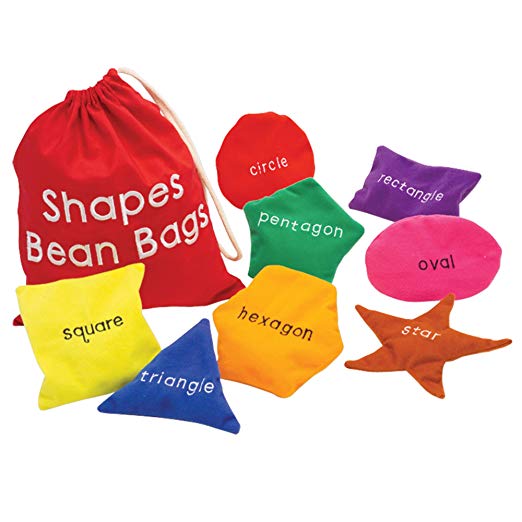


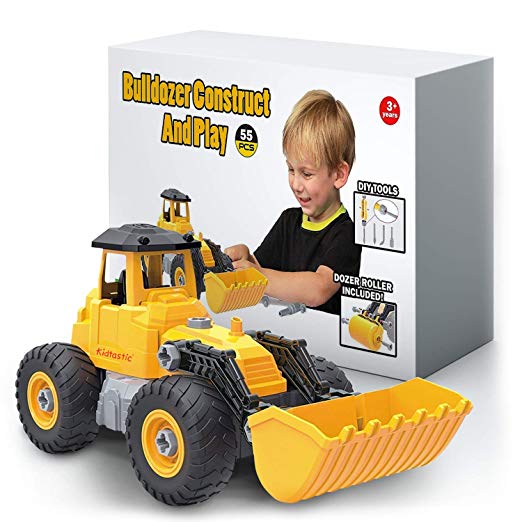


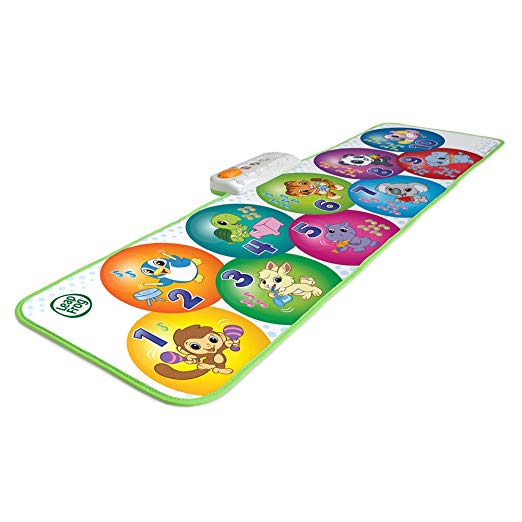





Books- About Believing in Yourself


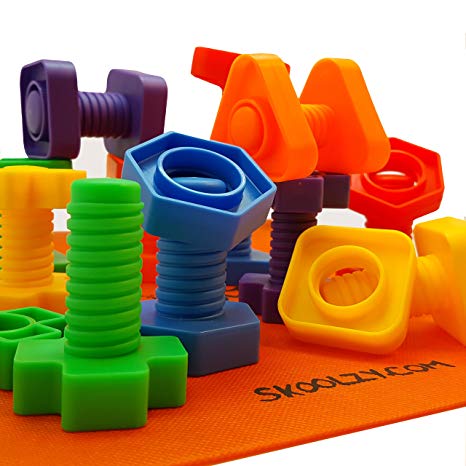
Nuts and Bolts-Fine Motor Skills

Four-Five years old
At this age, learning seems to ignite and it’s a good time to introduce interactive educational, teaching toys. You daughter or son is capable of imaginary play now, and may want to pretend that they’re someone else. They enjoy dressing up and pretending to take on professions and/or characters they are interested in. Your child may pretend to be “mommy” or “daddy” at times, and these are good opportunities to allow them to safely help with chores by using toy vacuums, sweeping the floor, helping wash dishes, and folding towels. Local fire stations often welcome families to come look and learn at scheduled times, and your little ones may enjoy seeing their pretend-play characters in real life. Encourage his or her imagination and allow them to try building things without helping them, or working puzzles with less help over time. Give them plenty of patience and provide as many opportunities as you can to build motor muscles during play. The more they can use their fingers to button doll clothes or work puzzles, and their legs to kick balls or peddle bikes, the more their development and coordination will thrive.
Top Toys:
- Blocks or magnetic shapes
- Electronic phonics toys
- Construction sets with large pieces, such as Lego Duplo or Lincoln Logs
- Puzzles
- Action figures
- Barbies
- Dress-up clothes
- Transportation toys, such as parking garages, airports, and train stations
- Board games that don’t require reading, such as Hungry Hungry Hippos, Yahtzee Jr., or Candyland
- Soccer balls and basketballs
- Bicycles with training wheels
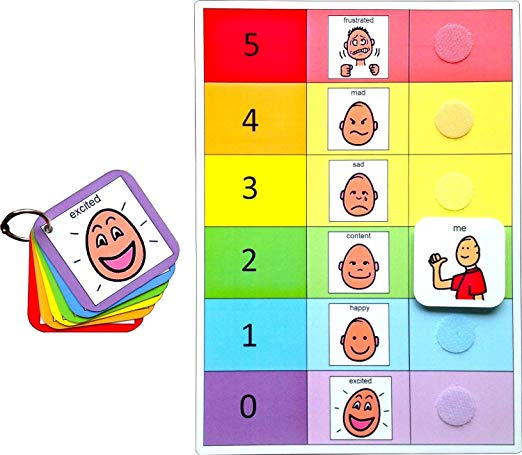

Learning to Buckle, Lace, Button and Snap



Feelmo Speaking Cards-Social & Emotional Skills



Shelby’s Snack Shack Counting, Multicolor

Frankie’s Food Truck Fiasco Game


